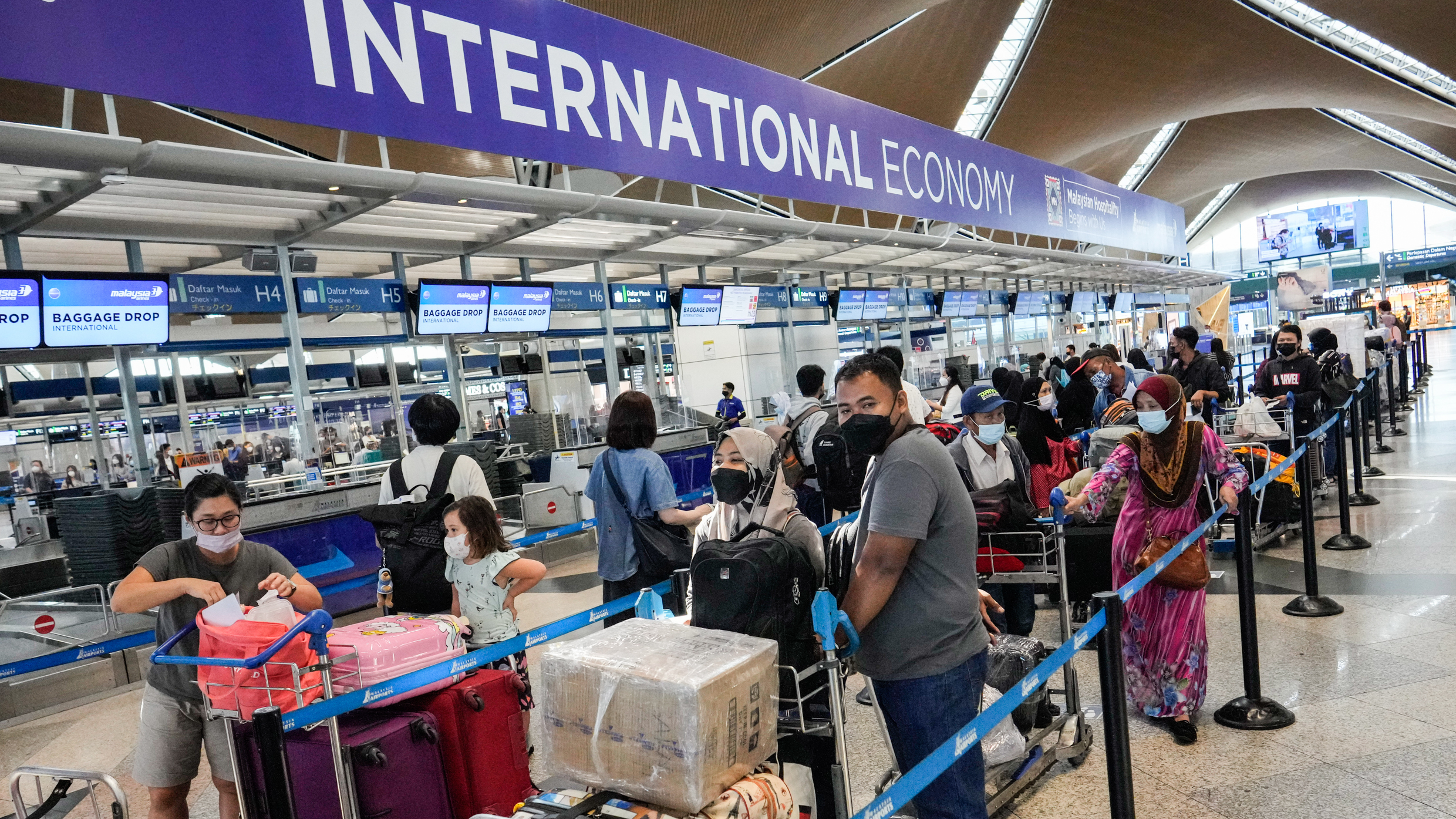VNEXPRESS, an online newspaper based in Vietnam has done it again by publishing “Malaysia beats Thailand to become Southeast Asia tourism champion” in its June 3 report that Malaysia received 10.1 million foreign arrivals in the first quarter of this year, and Thailand 9.55 million.
But tourist arrivals to Malaysia from January to March this year was 6,366,801, and the 10.1 million came about by adding another 3,736,711 excursionist arrivals.
For apple-to-apple comparison, tourist arrival figures are normally used, not excursionist or visitor arrivals.
It started after I had written “Malaysia recorded 29 million visitor arrivals in 2023”, which was published by Focus Malaysia on Feb 20, 2024.
It was picked up by VnExpress and published on Feb 23 under “Malaysia beats Thailand to become most-visited country in Southeast Asia”.
However, my first paragraph explicitly stated that in 2023, Malaysia recorded almost 29 million visitor arrivals and they comprised 20,141,846 foreign tourists and 8,822,462 foreign excursionists, or a total of 28,964,308 foreign visitors, without comparing with other countries.
The number of tourists to Thailand that year was more than 28.15 million, far higher than the 20.1 million to Malaysia.
Many tourism industry personnel and the media could not distinguish between tourists and visitors, and often made fatal mistakes when reporting arrival figures.
Interestingly, Tourism Malaysia is up to speed by updating its Infographic on Visitor Performance to Malaysia until April this year. Tourist arrivals for the first four months of 2025 were 8,356,921 and 5.6% below that of 2019 in the same period.
At this rate, the total number for this year will be around 25 million, way below the 31.3 million projected by Tourism Malaysia in February. Fortunately, excursionist arrivals surged by 64%, from 3,048,205 in the first four months of 2019 to 5,027,263.
As such, total visitor arrivals to Malaysia in 2025 is likely to reach an historic high of 40 million, compared to 35 million in 2019.
Asean countries, especially Singapore, Indonesia, Thailand and Brunei, will continue to provide the bulk of foreign visitors to Malaysia for a very long time.
Nevertheless, the greatest growth potential is from the two most populous countries in the world, as long as citizens from China and India are granted visa-free entry to Malaysia, along with over 160 other countries around the globe that have long enjoyed this facility.
While Tourism Malaysia continues to adjust its promotions and strategies to suit ever changing source markets, it is up to individual tourism industry players to exploit the full potential of their niche markets that they excel in.
The performance of our inbound tourism is measured by two key factors, namely tourism expenditures and foreign arrivals. Both figures must be measured and reported correctly. ‒ June 5, 2025
YS Chan is master trainer for Mesra Malaysia and Travel and Tours Enhancement Course and an Asean Tourism Master Trainer. He is also a tourism and transport business consultant.
The views expressed are solely of the author and do not necessarily reflect those of Focus Malaysia.
Main image: AP Photo/Vincent Thian









